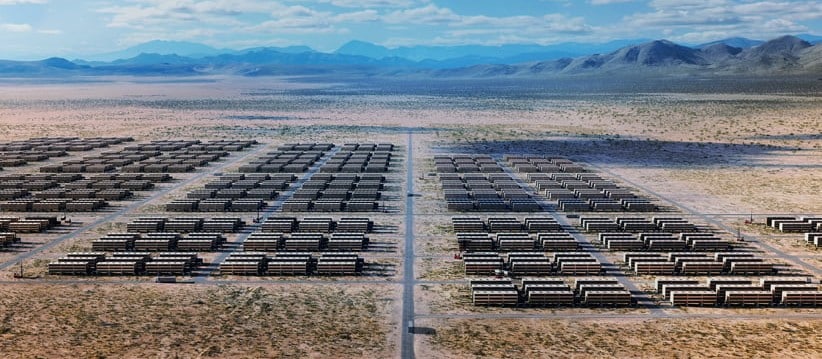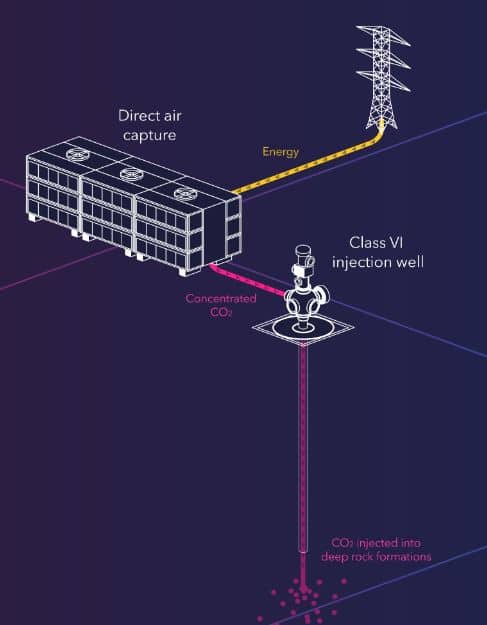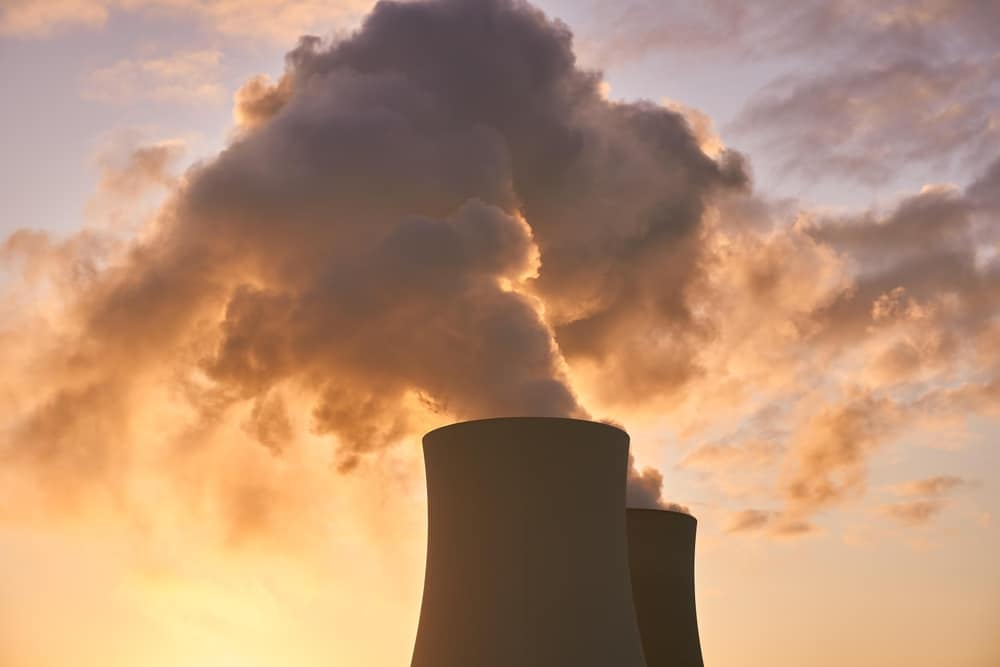Microsoft has agreed to buy carbon removal credits from California-based startup CarbonCapture, the owner of Project Bison, a direct air capture (DAC) plant in Wyoming.
The DAC facility uses a technology that sucks in carbon from the air and stores it underground, thereby preventing the gas from contributing to global warming. It is projected to start its carbon capture activity in late 2023.
The negotiations for the deal had begun 6 months ago when CarbonCapture announced the project to the public.
Director of Microsoft’s Carbon Removal unit, Phillip Goodman, stated that “purchasing DAC carbon removal credits is important… for Microsoft’s carbon-negative goal” and will help boost the growth of the direct air capture industry.
What does CarbonCapture do?
CarbonCapture is a DAC startup company that makes modular DAC machines that can be connected in large arrays to remove huge amounts of CO2 directly from the atmosphere. Its first modules in Wyoming will capture and store around 10,000 metric tons (Mt) of CO2 each year.
CarbonCapture aims to remove 5 million Mt of CO2 annually by 2030 through its phased approach to CO2 removal. It consists of four phases:
- 1st Phase – 10,000 tons/year in 2023-2024 with GEN-1 technology
- 2nd Phase – 200,000 tons/year in 2025-2026 with GEN-2 technology
- 3rd Phase – 1 megaton/year in 2027-2028 with GEN-3 technology
- 4th Phase – 5 megatons/year in 2029-2030 with GEN-4 technology
If go as planned, this carbon removal goal would be significant because the current annual global capacity for CO2 removal is still only 0.01 million Mt of CO2.
The DAC modules appear like vented shipping containers. They are capable of filtering out 75% of carbon in the air passing through them. The captured CO2 would then be injected 12,000 feet underground into saline aquifers, storing the gas forever.

CarbonCapture’s DAC project is called Project Bison, the first-of-its-kind for the following reasons.
- First massively scalable deployment of DAC. It has no practical limits to scaling up to megaton levels. It can develop extensive new renewable energy sources, wind and solar, in the area.
- First to use Class VI wells for DAC CO2 storage. The project would be the first to use Class VI injection wells for permanent storage, once approved. Class VI wells is a regulatory designation established by the EPA and managed by the Wyoming Department of Environmental Quality.
- Largest single DAC project in the world. If the goal to achieve 5 megatons of annual carbon capture and storage becomes reality by 2030.
How Project Bison Creates Carbon Removal Credits
To date, Project Bison is the largest planned carbon removal project in the U.S. But as the technology begins to mature, more DAC companies will join the competition in the coming years.
CarbonCapture project will generate carbon removal credits by permanently keeping the CO2 away from the atmosphere. Frontier Carbon Solutions will inject that CO2 into deep saline aquifers underground.

Once certified and verified, Project Bison generates carbon credits that are sold to organizations with net zero goals. They can use the credits to offset their own unavoidable emissions.
They can either finance carbon capture and storage projects like Project Bison or purchase the credits from the project. The market for CO2 removal credits is growing as more entities look for ways to slash their carbon emissions.
Carbon removal technologies like DAC are still in their early stages, making the cost high. But as more and more investors are putting their trust and money in the sector, it’s poised to grow. Even governments are pouring billions of dollars into the industry to help scale it up.
Last month, the US Department of Energy rolled out $2.52 billion to fund carbon capture initiatives while the UK government also invested £54 ($58) million into carbon removal projects.
Large companies are also showing strong support for the sector, pumping capital to startups with innovative carbon removal technologies.
Microsoft’s Support for CO2 Removal
One of those companies committed to advancing carbon removal is Microsoft.
- As of 2021, Microsoft’s carbon footprint was 16 million Mt of CO2 equivalent (CO2e). This includes both its operational emissions from data centers, offices, and business travel, and emissions from its supply chain, e.g. manufacturing and product transport.
The tech giant targets to be carbon negative – removing more CO2 than it emits – by 2030. It also aims to remove all its historical emissions since its founding in 1975 by 2050. To achieve that, it’s employing various measures and one of them is investing in carbon removal tech.
Microsoft has scrutinized the CarbonCapture’ plans over the last months.
The DAC company CEO, Adrian Corless, believes that Microsoft buys in the idea that everything is present to make Project Bison a success in Wyoming. Geology, energy strategy, and openness of the public for this kind of projects are some key factors.
The tech company has been investing in various carbon removal projects as part of its $1 billion sector pledge. Last year, Microsoft signed a 10-year carbon removal deal with Climeworks to suck in 10,000 Mt CO2 using DAC.
Bill Gates, a co-founder of Microsoft, also personally supports DAC projects as he trusts the technology and seeks to offset his own carbon footprint. Gates’ other company, TerraPower, will develop an advanced nuclear reactor which supporters consider crucial for reducing the country’s carbon emissions.
Neither Microsoft nor CarbonCapture disclosed any details about their deal such as how much the tech giant agreed to pay for credits or how many tons it will buy.
CarbonCapture attracted other smaller carbon removal credit buyers before closing its deal with Microsoft. The CEO said they’re also talking with other large companies and so more big names will be announced soon.


